Herringbone: Redefining Interior Elegance with Timeless Design
Classic flooring patterns are experiencing a resurgence, and among them, the iconic herringbone pattern stands out as a timeless and versatile design element. This captivating pattern, characterized by its angular and distinctive shape, has transcended its traditional use solely in flooring and ventured into diverse applications like tile work, fabric designs, and beyond. Its popularity stems from the way it effortlessly infuses any space with an intriguing allure, adding depth and sophistication.
Beyond its role in flooring, herringbone is adept at injecting vibrancy and elegance into various areas within a home, particularly enhancing the visual dynamics of spaces like kitchens and bathrooms. In these settings, whether applied to floors or walls, herringbone introduces movement and texture, elevating the overall aesthetic appeal. For those hesitant about using floor patterns, herringbone offers a versatile alternative; it can be seamlessly integrated into wall designs, providing a captivating charm that redefines the ambiance of any space. The adaptability and timeless allure of the herringbone pattern makes it a design classic suitable for both traditional and modern interior styles, offering a touch of sophistication that transforms the ordinary into the extraordinary.
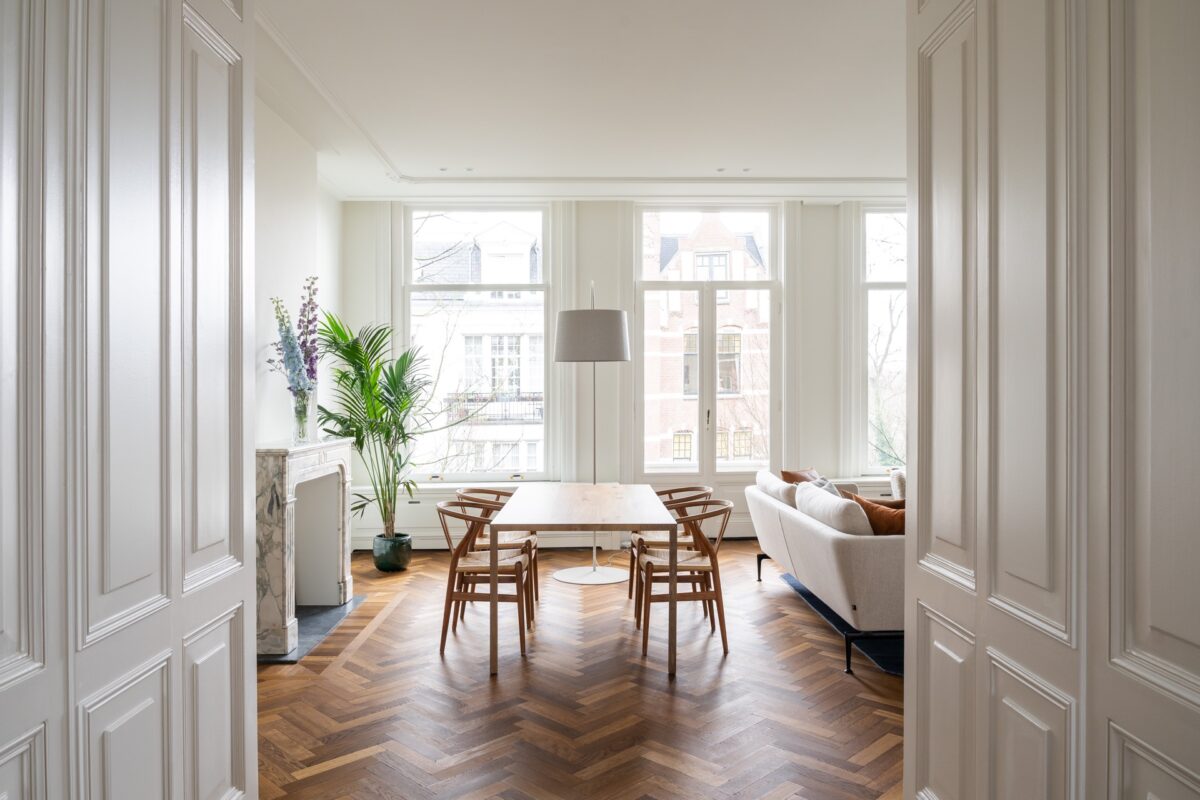
Flooring
The versatility of Herringbone patterns extends seamlessly across diverse flooring types, offering a transformative touch to spaces within a home. When applied to hardwood, the intricate zigzag design of Herringbone adds a timeless elegance, infusing warmth and character into living areas or entryways. Similarly, on tiles, this pattern amplifies the visual appeal of bathrooms or kitchens, creating a sense of movement and sophistication. Its adaptability to laminate flooring brings a cost-effective yet stylish solution, making it an excellent choice for high-traffic areas like hallways or dining rooms. Regardless of the flooring material, the Herringbone pattern introduces a dynamic flair and architectural interest, making it a versatile option suitable for various areas within a home, from formal settings to casual living spaces.
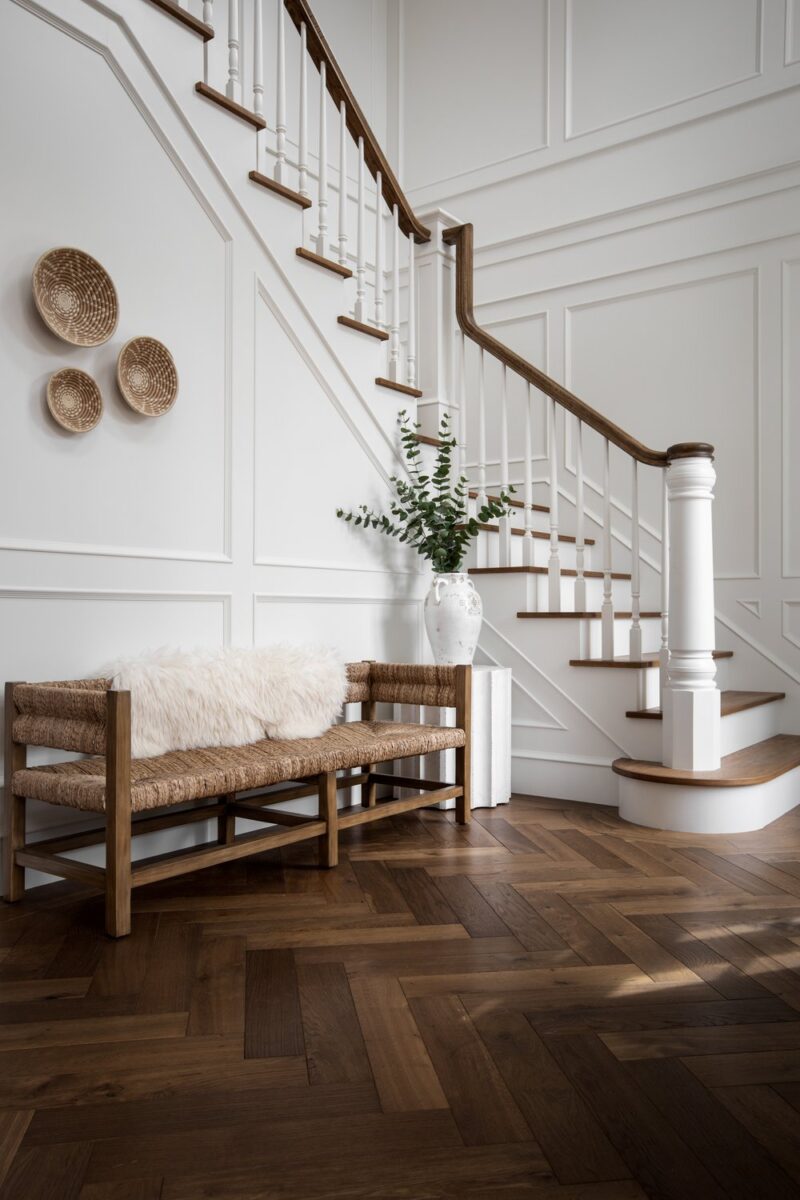
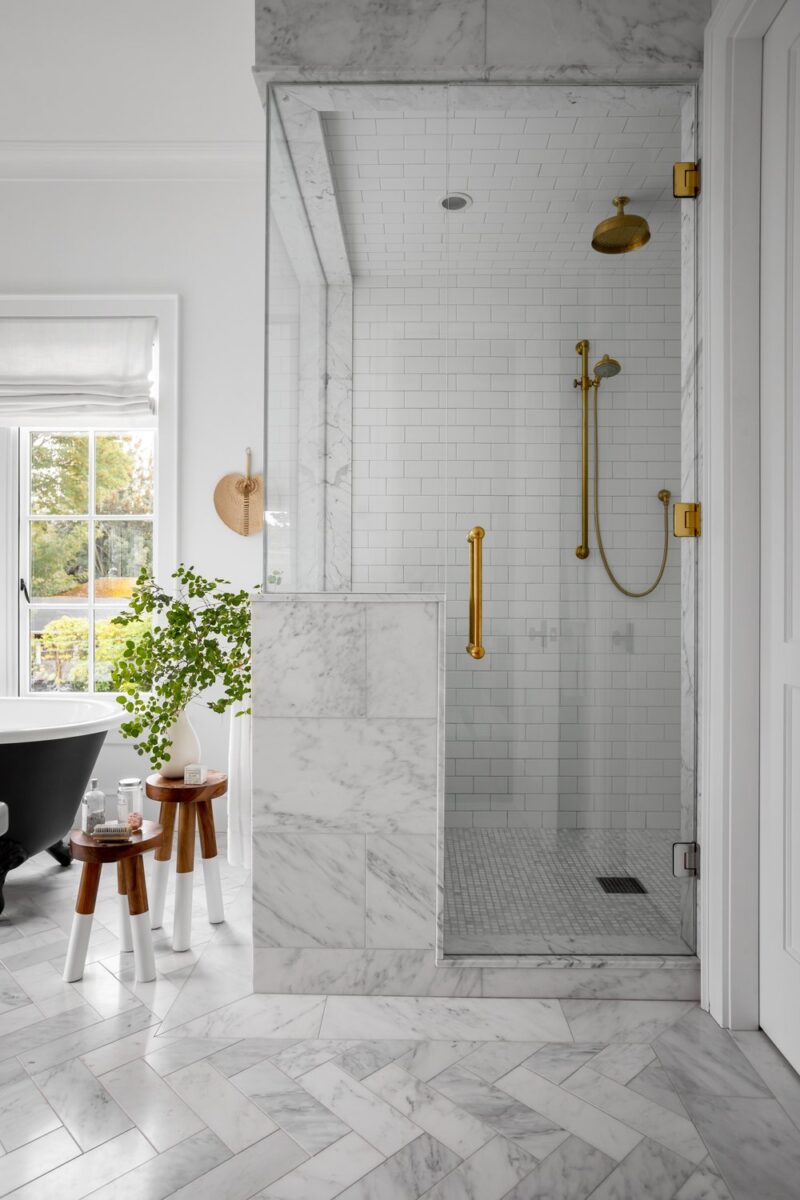
Innovative wall designs
Innovative wall designs that incorporate the herringbone pattern offer a captivating and unique aesthetic to interior spaces. The pattern adds an element of visual intrigue and dimensionality, transforming a plain surface into a striking focal point. The herringbone design can be achieved through various techniques such as painting, wallpapering, tiling, or molding. This pattern lends an architectural charm that goes beyond conventional wall treatments. In living rooms or even office spaces, a herringbone accent wall creates a stunning backdrop for furniture and decor, infusing the space with a sense of modern sophistication. In kitchens or dining areas, this pattern elevates the ambiance, by adding a touch of elegance to the room’s atmosphere. One popular way to create this design is through the use of primed medium density fiberboard (MDF) molding, which can be cost-effective with zero imperfections and is always primed and ready for paint. However, you could also use Finished Elegance for a long-term and high-quality solution for your project. The superior durability of Finished Elegance molding and trim also allows it to withstand years of wear and tear in your home. Furthermore, Finished Elegance molding and trim are completely finished with no paint required, which means you can simply cut and install them, saving you time and money. The versatility of herringbone as a wall design element allows for diverse applications, inspiring creativity, and offering a fresh perspective on interior décor.
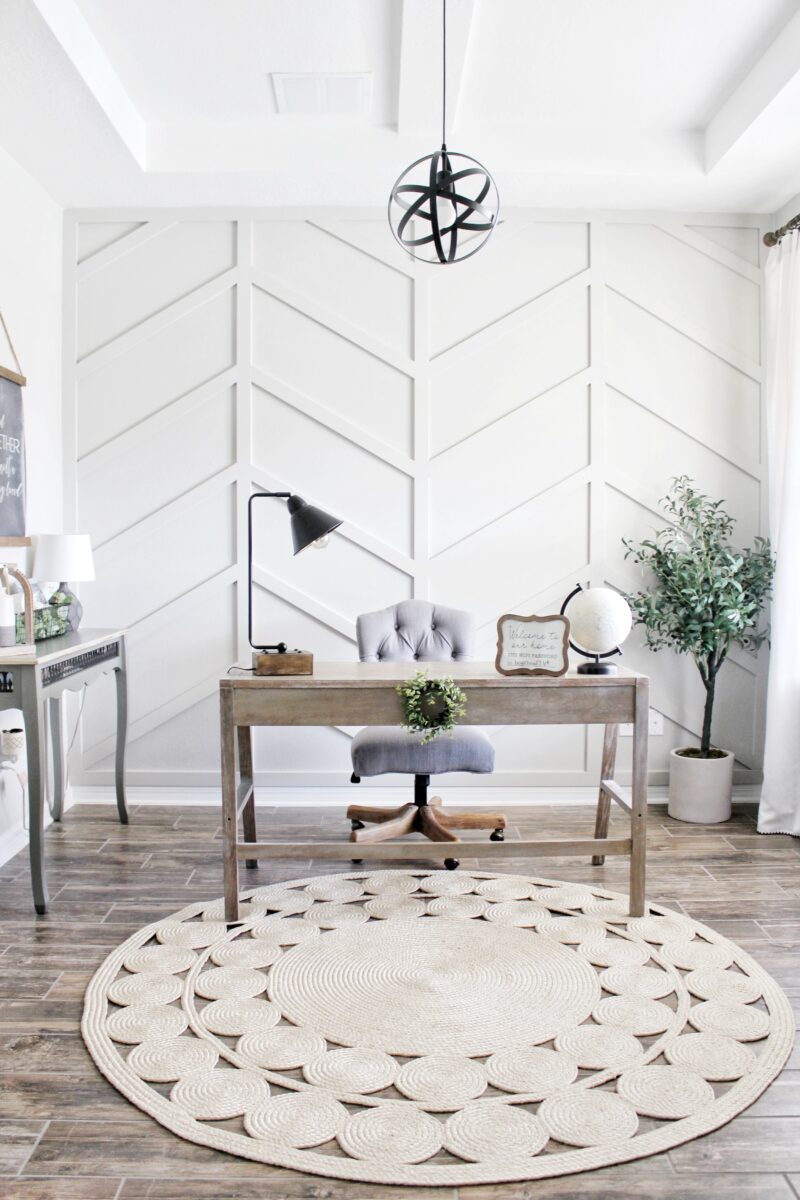
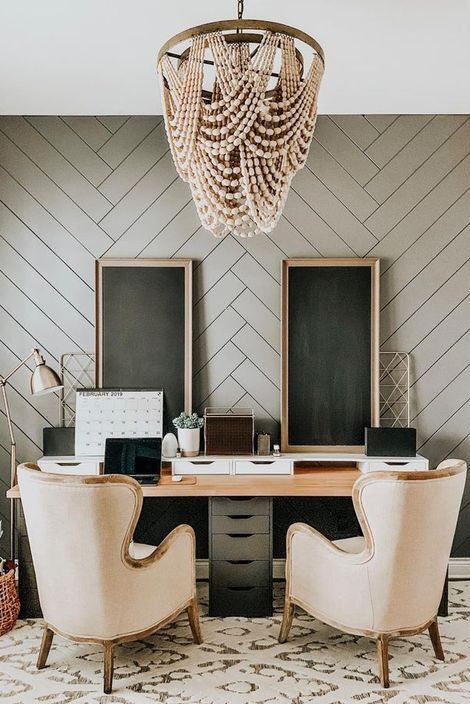
Kitchen and bathroom applications
Herringbone patterns are an exquisite choice for kitchen and bathroom applications, lending a touch of refined elegance and timeless style to these spaces. In the kitchen, utilizing herringbone patterns on backsplashes or flooring brings a sense of sophistication, creating a captivating visual focal point amidst culinary activities. Whether using tiles or materials like marble or ceramic, the herringbone design adds a layer of texture and visual interest, enhancing the overall appeal of the kitchen area. In bathrooms, herringbone-patterned tiles on floors or walls introduce a sense of luxury, offering a spa-like atmosphere that exudes both modernity and classic charm. This design choice effortlessly elevates the aesthetic of these functional spaces, infusing them with a sense of artistry and sophistication that transcends the ordinary.
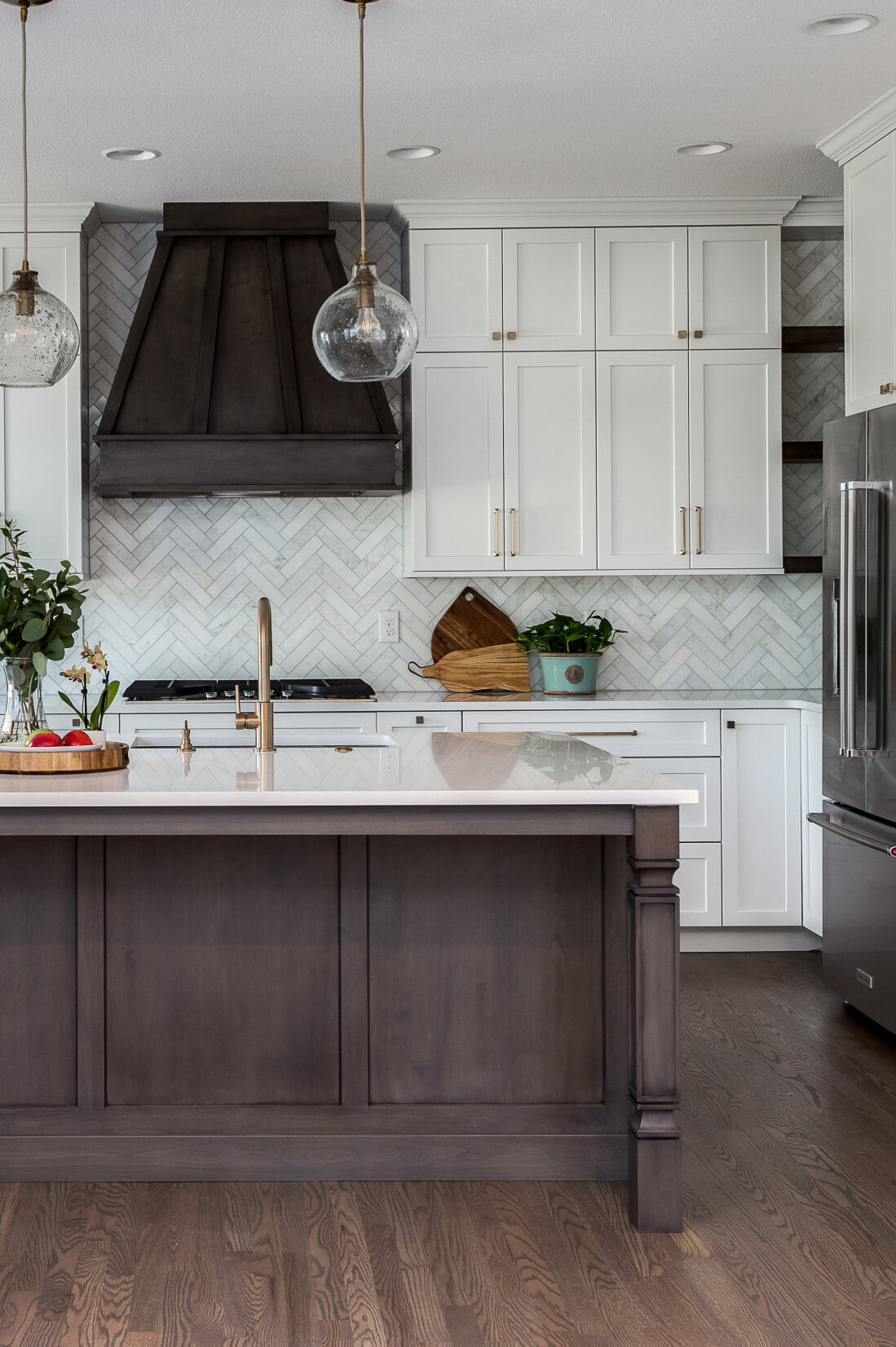

In the realm of interior design, the herringbone pattern emerges as a transformative and versatile element, weaving its timeless charm across various facets of home décor. From its resurgence as a classic flooring choice to its adaptation in wall accents and its captivating presence in kitchen and bathroom applications, herringbone stands as an embodiment of elegance and sophistication. Its angular allure not only introduces movement and texture, but also effortlessly breathes life into spaces, adding depth and visual interest. Whether adorning floors, enhancing walls, or elevating the ambiance of functional areas like kitchens and bathrooms, the herringbone pattern transcends mere design; it becomes a statement, weaving a thread of timeless allure that ties together the very fabric of interior aesthetics, ensuring a space that is not only visually appealing but eternally captivating.
For Inspiration check out our Pinterest Boards and make sure to follow us on Instagram and Facebook @WeAreWoodgrain!